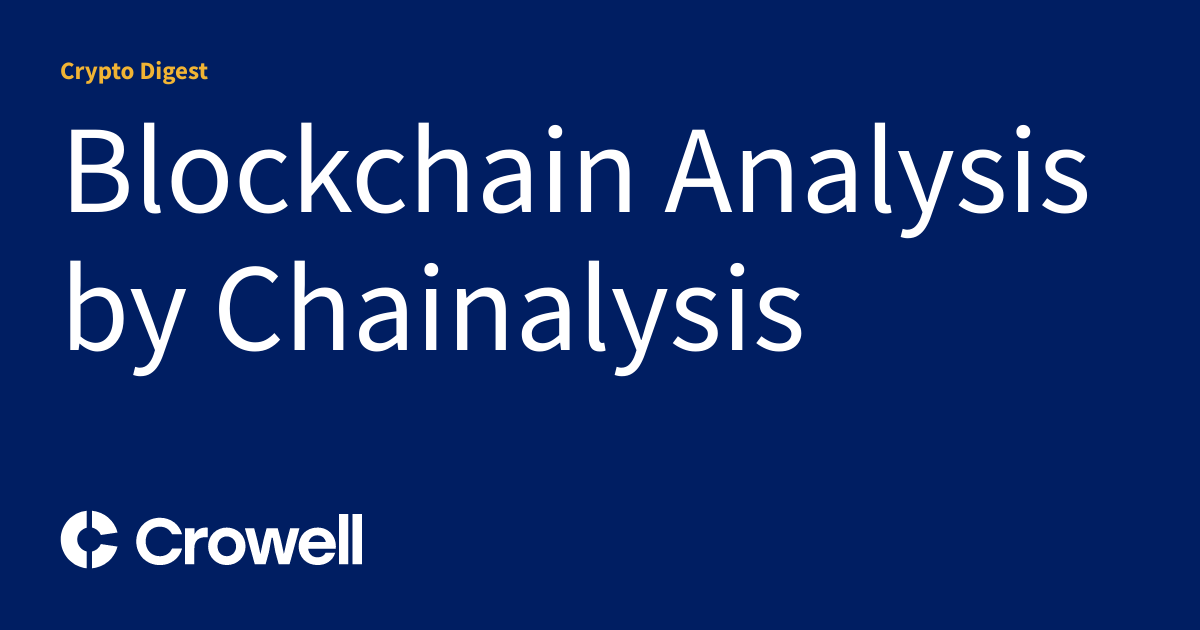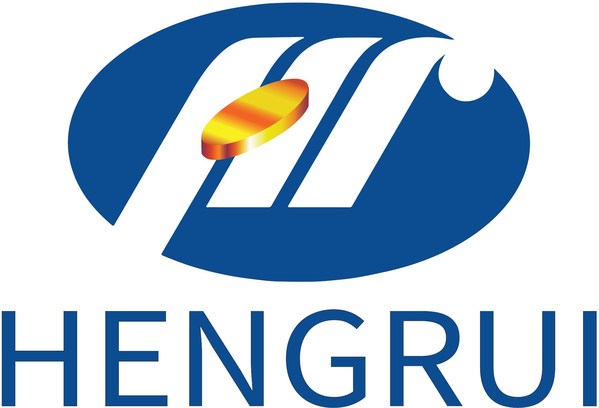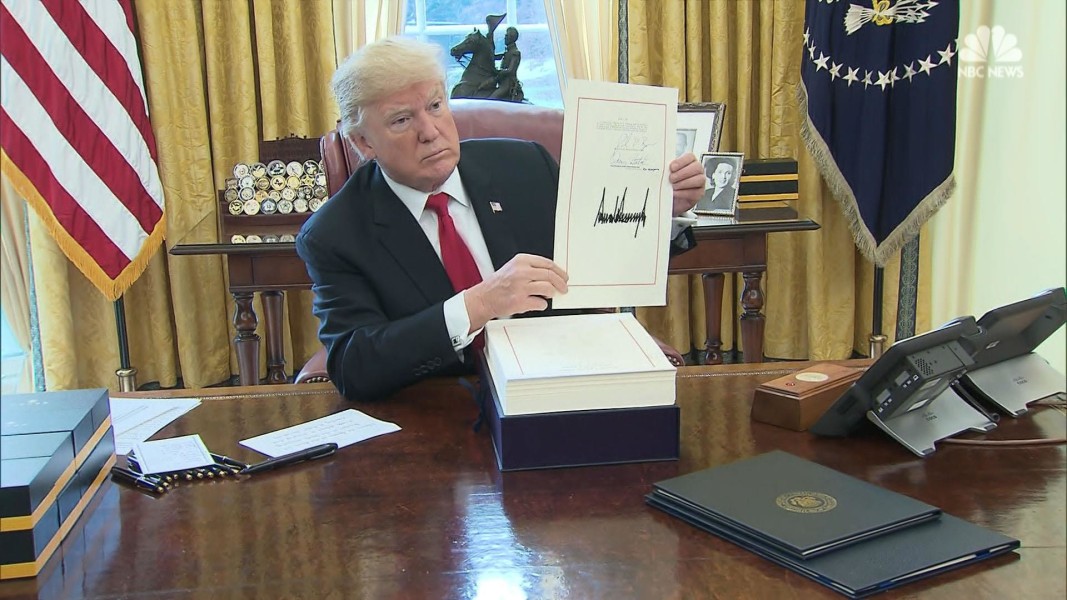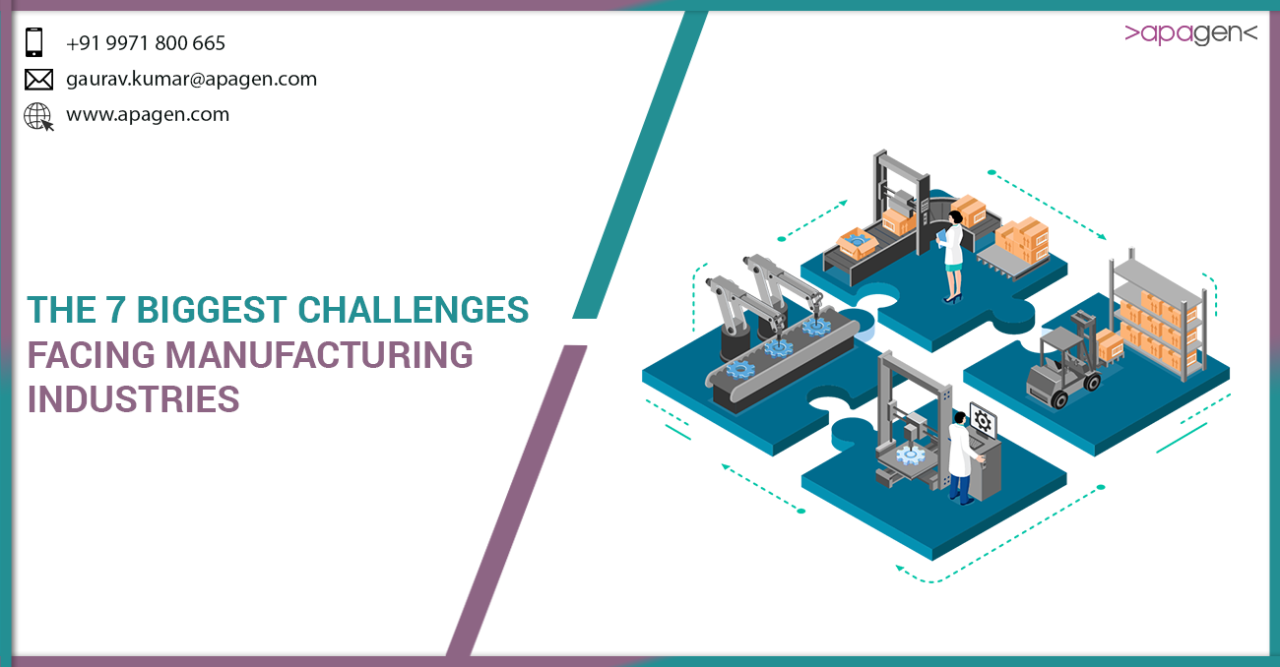Tariff Uncertainty Drives U.S. Corporate Cost-Cutting Strategies

Table of Contents
Impact on Supply Chain Management
Tariff uncertainty has forced US corporations to completely rethink their supply chain strategies. The unpredictability of tariffs makes long-term planning extremely difficult, leading to increased risk and higher costs. This has resulted in several key adjustments:
Reshoring and Nearshoring Initiatives
Companies are increasingly bringing manufacturing back to the US (reshoring) or moving it to nearby countries (nearshoring) to mitigate tariff uncertainty and reduce dependence on distant suppliers.
- Reduced lead times: Closer proximity to manufacturing facilities translates into faster delivery times and reduced inventory holding costs.
- Mitigation of tariff risks: By manufacturing domestically or regionally, companies can avoid or minimize the impact of fluctuating import tariffs.
- Increased transportation costs: While reshoring/nearshoring can reduce tariff impact, it can lead to higher transportation costs compared to sourcing from far-off low-cost locations.
For example, apparel company Patagonia has been actively reshoring some of its production to reduce its carbon footprint and gain better control over its supply chain in response to increased import costs associated with tariff uncertainty.
Diversification of Suppliers
To hedge against the risks of tariff uncertainty and potential supply disruptions, many companies are diversifying their supplier base. This involves sourcing materials and components from multiple suppliers located in different countries.
- Reduced risk of supply disruptions: Reliance on a single supplier leaves companies vulnerable to geopolitical events, natural disasters, and tariff changes. Diversification mitigates these risks.
- Increased negotiating power: Having multiple suppliers provides companies with greater bargaining power, allowing them to negotiate better prices and terms.
- Hedging against tariff changes: If tariffs increase on goods from one country, companies can easily switch to suppliers in countries with more favorable tariff policies.
For instance, electronics manufacturers are increasingly diversifying their sourcing of semiconductors, previously heavily reliant on Asian suppliers, to spread risk and counter the impact of tariff uncertainty on US corporate cost-cutting measures.
Inventory Management Optimization
Tariff uncertainty necessitates a more sophisticated approach to inventory management. Companies are adopting strategies to minimize the impact of unpredictable costs and potential supply chain disruptions.
- Just-in-time inventory: This approach minimizes inventory holding costs by receiving materials only when needed for production.
- Improved forecasting: More accurate demand forecasting helps companies optimize inventory levels, reducing waste and storage costs.
- Better risk assessment: Companies are enhancing their risk assessment processes to identify and address potential disruptions early on.
A successful example is seen in the automotive industry, where companies are implementing just-in-time inventory systems to manage fluctuating import costs associated with specific components affected by tariff uncertainty.
Workforce Adjustments and Cost Reduction
The pressure to control costs amidst tariff uncertainty has led US corporations to make significant adjustments to their workforces.
Automation and Technological Investments
To reduce labor costs and improve efficiency, many companies are investing heavily in automation and advanced technologies.
- Reduced reliance on manual labor: Automation reduces the need for a large workforce, leading to lower labor costs.
- Increased productivity: Automated systems often lead to significant increases in productivity and output.
- Long-term cost savings: Although initial investments can be substantial, automation offers significant long-term cost savings.
For example, many manufacturing plants are installing robots to automate repetitive tasks, reducing their reliance on manual labor and countering the effects of tariff uncertainty on labor costs.
Workforce Restructuring and Downsizing
In some cases, companies are forced to restructure their workforce or even downsize to control costs in the face of tariff uncertainty.
- Layoffs: Companies may resort to layoffs as a last resort to reduce their payroll costs.
- Hiring freezes: New hiring is often frozen to control expenses and manage existing resources more efficiently.
- Attrition management: Companies might strategically allow attrition to naturally reduce headcount, avoiding costly layoffs.
Ethical considerations and the potential impact on employee morale are important aspects to consider when making such decisions.
Wage and Benefit Negotiations
Companies are also negotiating with their employees regarding wages and benefits to maintain competitiveness while managing expenses under tariff uncertainty.
- Wage freezes: In some cases, companies may freeze wages to control labor costs.
- Reduced benefits packages: Companies might reduce benefits, such as health insurance contributions or retirement plan matching.
- Increased employee contributions: Companies may require employees to contribute a greater share toward their benefits.
Maintaining employee motivation and productivity remains crucial, even during periods of cost-cutting.
Pricing Strategies and Market Adjustments
The impact of tariff uncertainty on US corporate cost-cutting extends to pricing strategies and market adjustments.
Price Increases to Consumers
Many companies are passing increased import costs, driven by tariff uncertainty, on to consumers through higher prices.
- Reduced profit margins: Companies may experience reduced profit margins if they are unable to fully pass on increased costs to consumers.
- Potential impact on consumer demand: Price increases can lead to reduced consumer demand, especially if competitors are not similarly affected.
- Competitive pricing strategies: Companies need to carefully manage their pricing strategies to remain competitive despite increased costs.
Several sectors, including furniture and electronics, have seen significant price increases due to the impact of tariffs.
Product Redesign and Cost Engineering
Companies are also actively redesigning products and implementing cost engineering strategies to minimize the impact of increased material costs.
- Simplification of designs: Streamlining product designs can reduce manufacturing costs and simplify the supply chain.
- Use of alternative materials: Substituting expensive materials with cheaper alternatives can lower production costs.
- Sourcing cheaper components: Companies may explore sourcing components from different regions or suppliers to reduce costs.
Many companies are actively implementing these strategies to mitigate the impact of tariff uncertainty on their profitability.
Market Segmentation and Strategic Retreat
Facing tariff uncertainty, some companies are focusing on specific market segments or withdrawing from less profitable markets.
- Prioritization of profitable segments: Companies may concentrate on higher-margin product lines or geographic markets to offset increased costs.
- Market analysis: Thorough market analysis is crucial to identify profitable segments and opportunities.
- Strategic decision-making: Companies need to make strategic decisions about which markets to prioritize and which ones to potentially exit.
For instance, some companies might choose to focus on domestic sales to reduce reliance on export markets impacted by fluctuating tariffs.
Conclusion: Navigating Tariff Uncertainty and its Impact on US Corporate Strategies
Tariff uncertainty has profoundly impacted US corporate strategies, forcing businesses to implement various cost-cutting measures across supply chains, workforces, and pricing. The key takeaways include the significant restructuring of supply chains through reshoring, nearshoring, and supplier diversification; adjustments to workforces through automation, restructuring, and wage negotiations; and adjustments to pricing strategies through price increases, product redesign, and strategic market adjustments. The future outlook suggests that tariff uncertainty will likely continue to influence corporate decision-making, requiring ongoing adaptation and strategic planning. Understanding the implications of tariff uncertainty is crucial for US corporations. Develop robust strategies to mitigate the impact on your bottom line and ensure your continued success. [Link to relevant resources on navigating tariff uncertainty]

Featured Posts
-
 Wildfire Betting A Reflection Of Our Times Examining The Los Angeles Case
Apr 29, 2025
Wildfire Betting A Reflection Of Our Times Examining The Los Angeles Case
Apr 29, 2025 -
 Blockchain Analytics Leader Chainalysis Integrates Ai With Alterya Purchase
Apr 29, 2025
Blockchain Analytics Leader Chainalysis Integrates Ai With Alterya Purchase
Apr 29, 2025 -
 Hengrui Pharma Secures China Approval For Hong Kong Ipo
Apr 29, 2025
Hengrui Pharma Secures China Approval For Hong Kong Ipo
Apr 29, 2025 -
 Antlaq Fealyat Fn Abwzby 19 Nwfmbr
Apr 29, 2025
Antlaq Fealyat Fn Abwzby 19 Nwfmbr
Apr 29, 2025 -
 Analysis Trumps Tax Bill Faces Significant Republican Opposition
Apr 29, 2025
Analysis Trumps Tax Bill Faces Significant Republican Opposition
Apr 29, 2025
Latest Posts
-
 Manufacturing In America Overcoming The Hurdles
Apr 29, 2025
Manufacturing In America Overcoming The Hurdles
Apr 29, 2025 -
 One Plus 13 R Review Is It Worth The Price Compared To The Pixel 9a
Apr 29, 2025
One Plus 13 R Review Is It Worth The Price Compared To The Pixel 9a
Apr 29, 2025 -
 All American Manufacturing A Realistic Look At The Challenges
Apr 29, 2025
All American Manufacturing A Realistic Look At The Challenges
Apr 29, 2025 -
 One Plus 13 R Vs Pixel 9a A Detailed Comparison Review
Apr 29, 2025
One Plus 13 R Vs Pixel 9a A Detailed Comparison Review
Apr 29, 2025 -
 Over 100 Immigrants Detained In Underground Nightclub Raid Cnn Video Evidence
Apr 29, 2025
Over 100 Immigrants Detained In Underground Nightclub Raid Cnn Video Evidence
Apr 29, 2025
